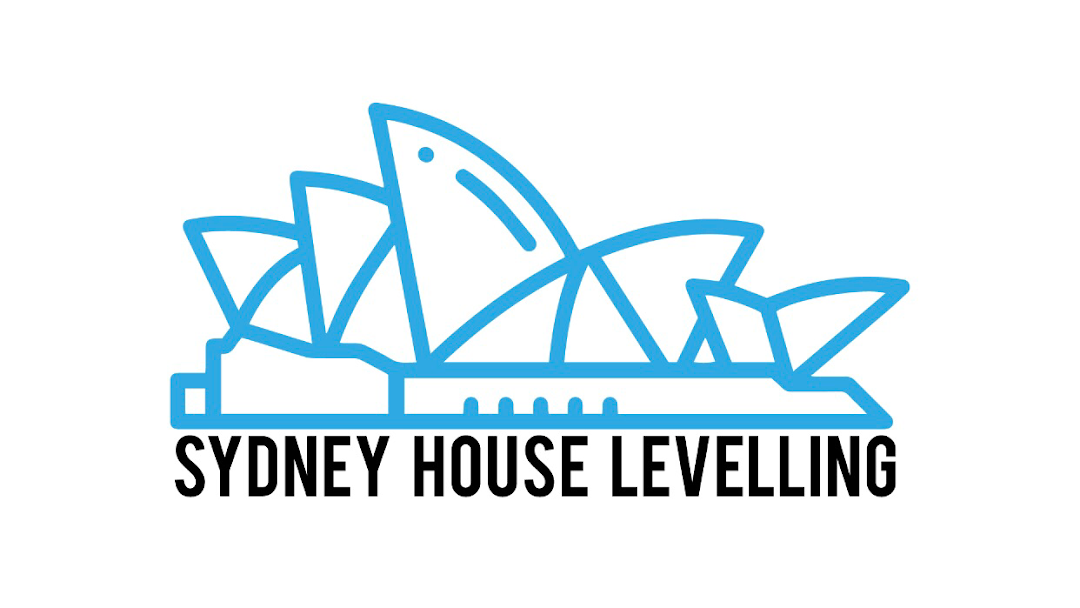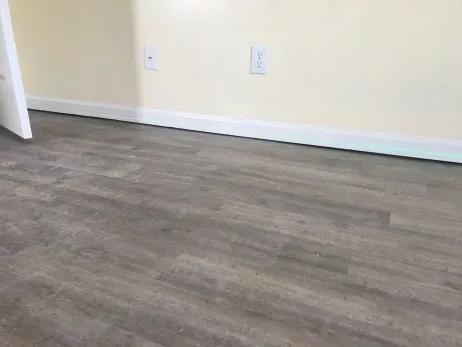A sub-floor is the foundation, the rest of the property is built on. On wood-frame floors, the subflooring provides a continuous structural surface over the floor joists. Most of the stumped and pier homes will subside overtime, creating leans to the outside walls of the home. In basements and in homes with slab-on-grade foundations, the subfloor may simply be a concrete slab.
How can you tell if the subfloor needs repair?
- Crooked or jammed doors or window frames
- Significant plaster cracks
- Squeaky or Uneven floors
- If stumps rot evenly, the floors will still remain flat but they will slope away from permanent brick structures like fireplaces.
An inspection of the sub-floor can reveal any moisture related problems such as leaking wet areas (bathrooms, kitchens, laundries), site drainage issues, lack of adequate structural support or subsiding piers/footings as well as evidence of termite entry, wood rot and mortar decay. Bathrooms, kitchens and laundries that look fine within the house can reveal a totally different story in the subfloor area.
What Causes the subfloor to become uneven?
Subfloor damage is typically caused by overexposure to moisture. This could be from excessive humidity, a leak in your plumbing or a crack in your home’s exterior. While the thought of replacing it might give you a sinking feeling – literally – knowing when it’s time to replace your subfloor will allow you to head off more serious problems.
Other Signs of uneven Subfloor
Subfloor damage is typically caused by overexposure to moisture. This could be from excessive humidity, a leak in your plumbing or a crack in your home’s exterior. While the thought of replacing it might give you a sinking feeling – literally – knowing when it’s time to replace your subfloor will allow you to head off more serious problems.

